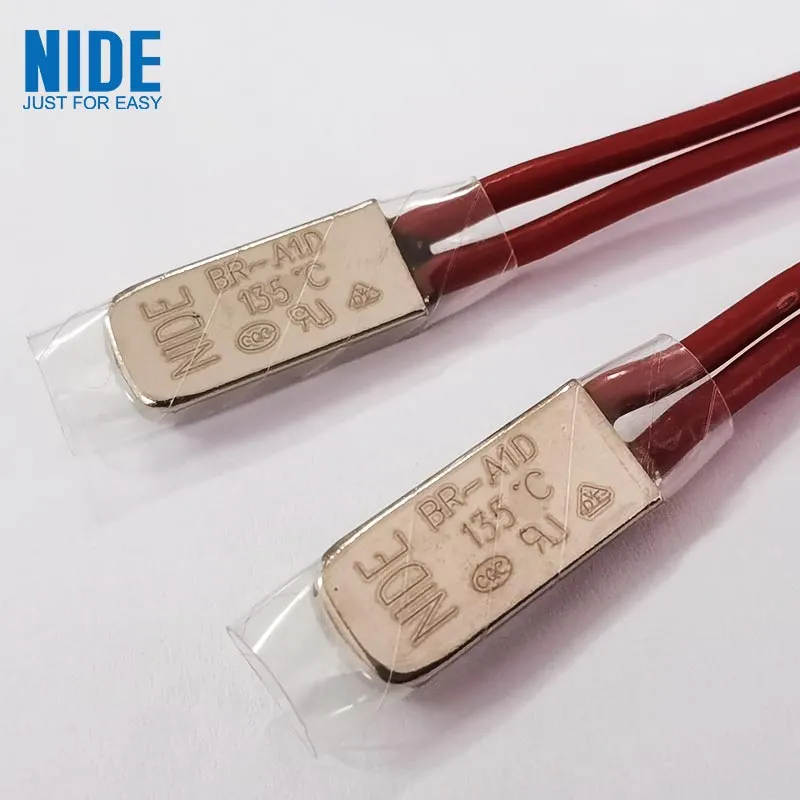What is a Thermal Protector?
2024-10-29
In the intricate world of electrical devices, safety mechanisms play a crucial role in ensuring that appliances operate within their intended parameters, preventing potential hazards such as overheating and fires. Among these safety devices, thermal protectors stand out as a vital component, particularly in motors. So, what exactly is a thermal protector, and how does it function to safeguard motors from thermal runaway?

Definition and Purpose
A thermal protector is a safety device specifically designed for motors to monitor and regulate their temperature. Its primary function is to shut off the electricity supply to the motor when it detects that the motor's temperature has risen to unsafe levels. This automatic disconnection prevents the motor from continuing to operate under excessively hot conditions, which could lead to serious damage, reduced lifespan, or even catastrophic failure like a fire.
Internal Placement and Mechanism
Thermal protectors are strategically placed internally within the motor, usually in close proximity to the windings or other critical components that are prone to overheating. This strategic placement allows the protector to sense temperature changes accurately and respond swiftly.
The working mechanism of a thermal protector is relatively straightforward yet highly effective. It typically consists of a thermally sensitive material, such as a bimetallic strip or a thermoplastic element, that changes its physical properties when heated. As the motor's temperature rises, the sensitive material expands or bends, triggering a switch that disconnects the power supply. Once the motor cools down, the material returns to its original state, allowing the protector to reset and the motor to restart, provided the cause of the overheating has been addressed.
Importance in Motor Safety
The importance of thermal protectors in motor safety cannot be overstated. Motors, being integral to a wide range of machinery and appliances, from industrial equipment to household gadgets, are subject to continuous operation and varying loads. Over time, these conditions can lead to wear and tear, causing the motor to run hotter than usual. Without a thermal protector, such overheating could escalate quickly, potentially damaging the motor's internal components and posing a significant risk of fire.
Moreover, thermal protectors not only protect the motor itself but also the entire system in which it operates. By preventing overheating, they help maintain the overall efficiency and reliability of the equipment, reducing the need for frequent repairs and replacements. This, in turn, leads to cost savings and minimizes disruptions in operations.
Types and Applications
Thermal protectors come in various forms and are designed to suit different types of motors and applications. Some common types include:
Bimetallic Thermal Protectors: These utilize a strip made of two metals with different thermal expansion coefficients. When heated, the strip bends, activating the switch.
Thermistor-Based Protectors: These use a thermistor, a temperature-sensitive resistor, whose resistance changes with temperature, to control the power supply.
Fuse-Type Protectors: These are one-time use devices that melt and disconnect the circuit when a certain temperature threshold is reached.
Each type has its unique advantages and is chosen based on the specific requirements of the motor and the system it powers.

